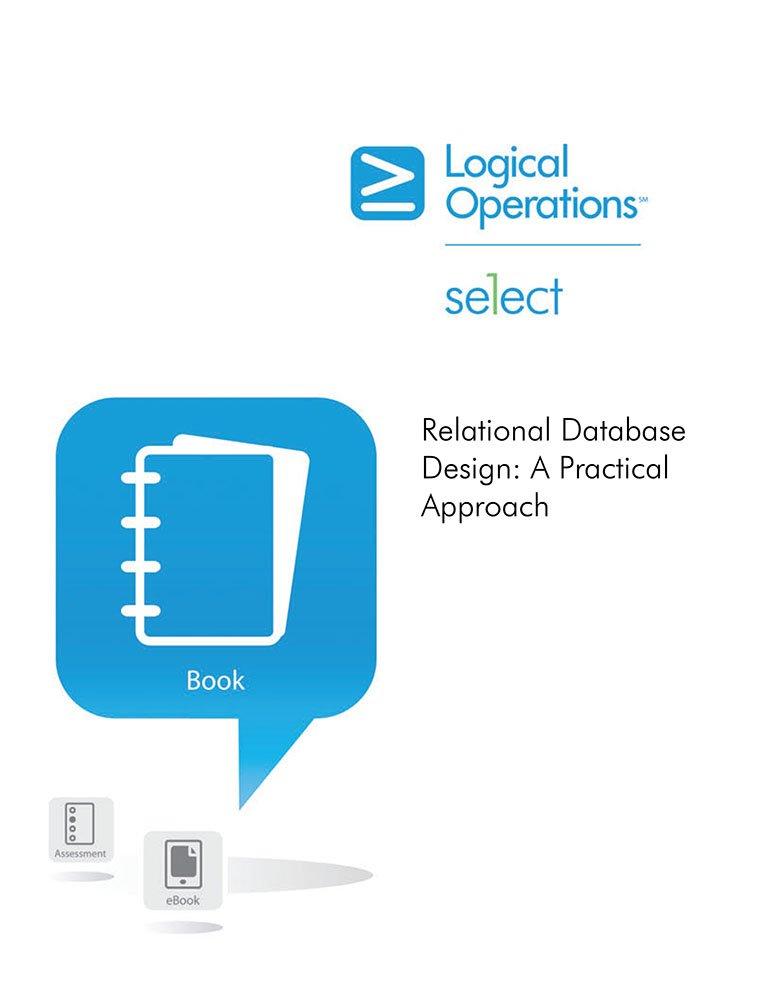Answered step by step
Verified Expert Solution
Question
1 Approved Answer
CETT 1431 - Programming for Discrete Electronic Devices Introduction Before sophisticated graphics were available on computers, programmers often created what was called ASCII Art. That






CETT 1431 - Programming for Discrete Electronic Devices Introduction Before sophisticated graphics were available on computers, programmers often created what was called "ASCII Art". That is, they used regular keyboard characters to create pictorial representations. Write a complete C++ program that implements the followings. Part I Create an ASCII Art representation of a simple parallel or series circuit using cout and proper formatting statements, similar to the circuit shown below, with the following components: Supply Voltage (VS)=12VDC,R1,R2,R3 Supply Voltage (VS)=12VDC,R1,R2,R3 Part II Write a program that uses Ohms law (V=IR, where V is the voltage in volts, I is the current in amps, and R is the resistance in Ohms) to solve a basic 3-resistors parallel or series circuit problem with a fixed DC voltage source rated at 12VDCC. First, your program should display a brief description of its operation and then ask the user to choose either a single source 3-resistors series circuit or a parallel circuit with the same specs. Write a program that uses Ohms law (V=IR, where V is the voltage in volts, I is the current in amps, and R is the resistance in Ohms) to solve a basic 3-resistors parallel or series circuit problem with a fixed DC voltage source rated at 12VDC. First, your program should display a brief description of its operation and then ask the user to choose either a single source 3-resistors series circuit or a parallel circuit with the same specs. Next, program prompts the user for the resistance values R1,R2,R3 and then computes and displays the voltage values across these resistors, the currents through each, and the total current supplied by the voltage source. Finally, program will calculate the total power supplied by the voltage source using the P=V *I, and the equivalent resistance as seen by the voltage source. You should use cout and cin for the output and input, respectively. Display the results in floating point format with a field width of 10 characters, three decimal point digits, and right justified. Use a while and switch'Structure to analyze each circuit based on that circuit's component values. Within the switch, prompt the user to enter the appropriate data your program needs to calculate the voltages, currents, and total power based on that circuit resistor values. Sample Output: R1 in Ohms: 4700 Enter value for R2 in Ohms: 6800 Enter value for R3 in Ohms: 8200 Voltage across R1=12VDC Voltage across R0=12VDC Voltage across R3=12VDC Would you like to do another circuit analysis? (Y/N) : IMPORTANT NOTES, PLEASE READ CAREFULLY: - Your source file MUST BE virus FREE (zero, " 0 " will be given if file is infected). - Your program MUST BE FULLY DOCUMENTED and COMMENTED. - Include all of the necessary header files that make up your program. - Use meaningful prompt. Do not let the user to guess what to input to your program. - On or before the due date submit your program thru the Course Portal. Submit your complete project file in Compressed format. Use the following format for the project name which will also apply to the source code file (HW2 LastName.cpp). This must be received before midnight on the due date; No later. - Late program is not accepted
Step by Step Solution
There are 3 Steps involved in it
Step: 1

Get Instant Access to Expert-Tailored Solutions
See step-by-step solutions with expert insights and AI powered tools for academic success
Step: 2

Step: 3

Ace Your Homework with AI
Get the answers you need in no time with our AI-driven, step-by-step assistance
Get Started


